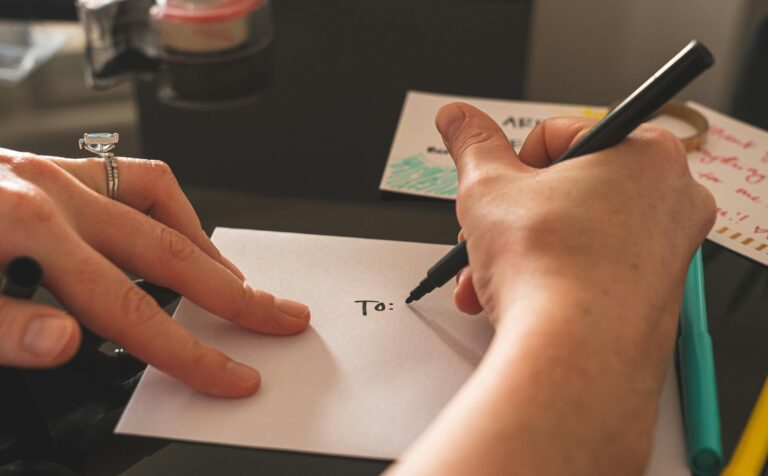Before our fingers danced across sleek glass screens or swiftly typed away on keyboards, there was the delicate, intentional art of letter writing. A practice steeped in patience, emotion, and time, letter writing served as the primary means of personal communication for centuries. It was more than just the transmission of words—it was the sharing of one’s thoughts, heart, and presence in a way that technology has yet to replicate fully.
The experience of selecting fine paper, choosing the perfect pen, and carefully composing each sentence was a cherished ritual. Writing letters was a craft of eloquence and grace. Whether it was a heartfelt note between lovers, a soldier writing to his family from the frontlines, or friends separated by distance and time, each letter bore the writer’s unique stamp—literally and metaphorically.
The selection of words was as personal as the individual sending them. Handwriting, with all its quirks and flourishes, was an extension of the person’s character. Even a smudge of ink or a slight hesitation in the strokes carried meaning. There was something profound about receiving a letter, knowing that the person who wrote it had devoted time and thought to craft their message for you alone.
Fast forward to today, and the art of letter writing has, for many, fallen by the wayside, replaced by the efficiency of emails, text messages, and instant chats. The rapid exchange of information and emojis has left little room for the elegant, deliberate construction of thoughts.
Letter writing may no longer be the primary mode of communication, but it holds a special place in the human experience. In a world where messages disappear in an instant, a letter—crafted with care, sent with love—remains timeless.


